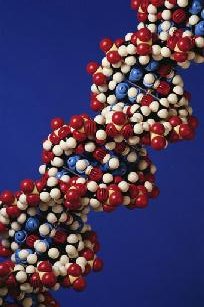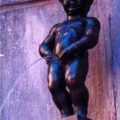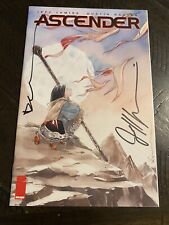
All living plants and animals are likely derived from two primitive species of bacteria, a mathematics professor at the University of Alberta has shown.
Dr. Peter Antonelli and Dr. Solange Rutz used an original mathematical modeling system and software program to evaluate and compare the two main theories of biological evolution.
One theory, put forward by Dr. Lynn Margulis of the University of Massachusetts, proposes that a “mother” bacteria (Bdellavibrio) and a “father” bacteria (Thermoplasma acidophilum) “exchanged energy” in a stable, dependable, and consistent way about 3.2 billion years ago to form all subsequent multicellular organisms, Antonelli explained.
Another theory, put forward by Dr. Carl Woese of the University of Illinois, proposes multicellular organisms developed from many different bacteria interacting in many different ways 3.2 billion years ago.
Antonelli and Rutz’s research showed that Woese’s theory does not account for stability in the chemical exchange processes of many bacteria interacting, whereas Margulis’s theory holds up under the scrutiny of Antonelli’s modeling system. The study is published in the latest edition of Nonlinear Analysis: Real World Applications.
“We showed that the chemical production necessary to support Woese’s theory is not dependable and not conducive to the formation of multicellular organisms, but Margulis’s theory proves to be reliable,” Antonelli said.
Antonelli decided to test the two theories after reading an article on the subject in theNew York Times about three years ago.
Antonelli has also solved other problems with the ‘Volterra-Hamilton’ mathematical model that he developed. He has solved the mystery of succession in the crown of thorns population of the Great Barrier Reef. He is now working to define the succession of the Amazon Rain Forest to its current climax state. He is also seeking a unified theory of ecological evolution, and he feels he can achieve this in the not too distant future.
“I haven’t always been trying to develop a unified theory, but as we have been putting pieces together, study by study, I can see now that’s it’s possible,” said Antonelli, who has mentored more than 35 post-doctoral students and sits as an editor for eight journals.
Antonelli uses differential equations to explain social interactions and biological behaviours, and is despondent that more biologists aren’t attuned to this type of research.
“What we do is new and not a lot of people understand it yet,” he said. “I’ve published in biology journals before, but most biologists don’t read these articles because of the mathematics involved. We’ve got to convince biologists that it’s worth the effort to learn the mathematics.”


















Comments are closed.